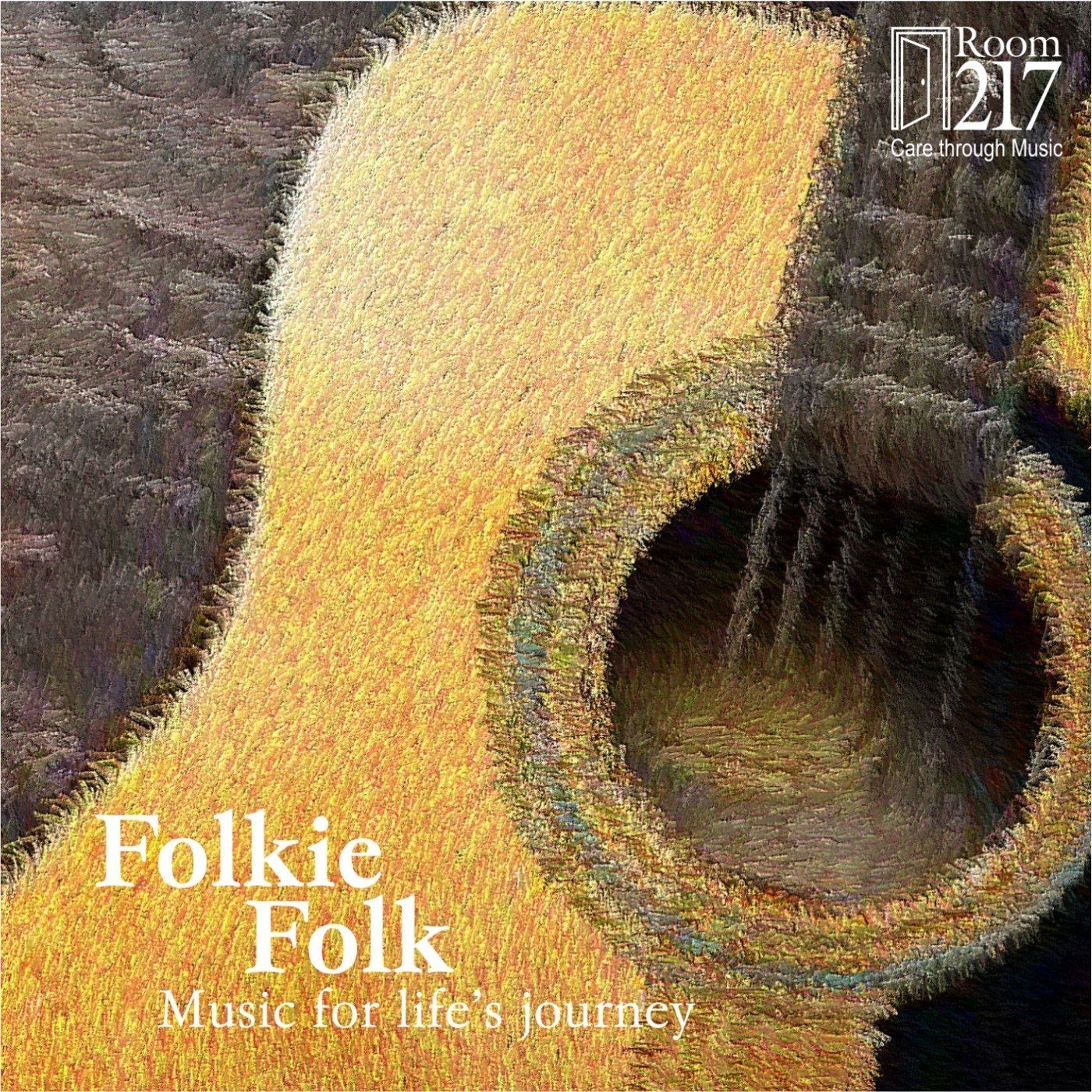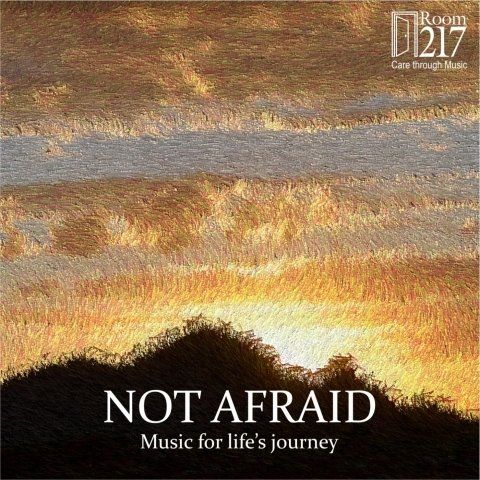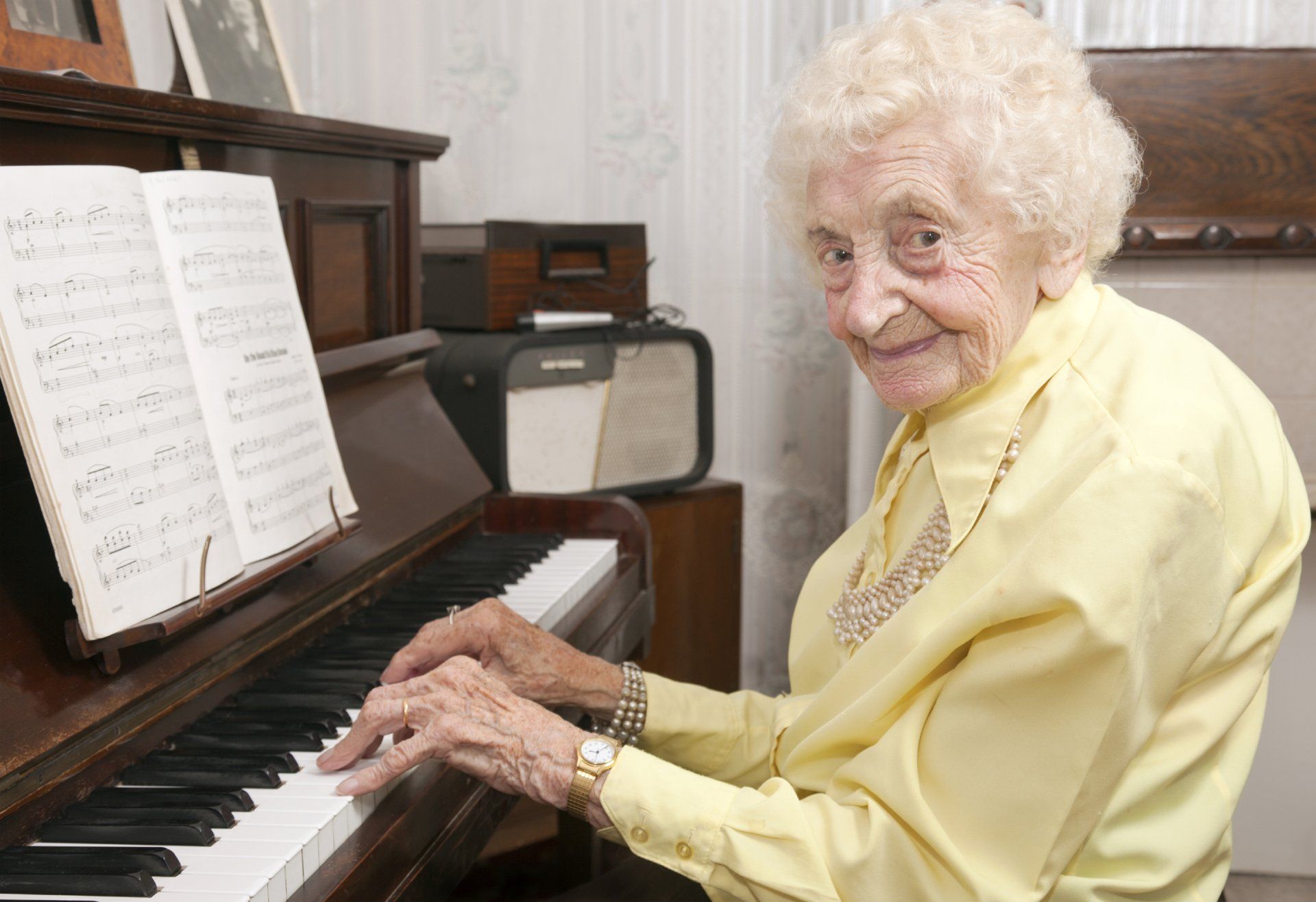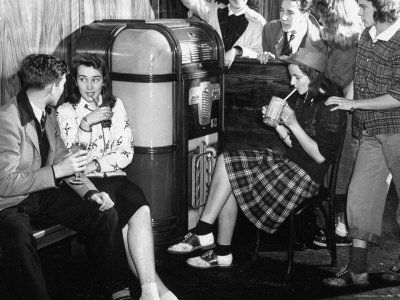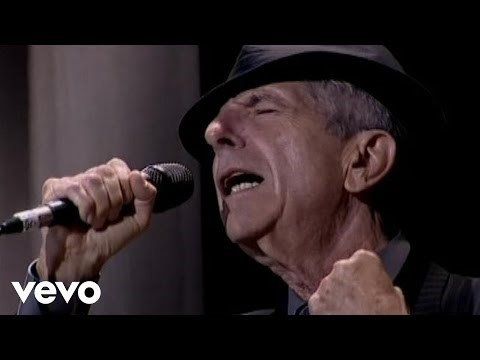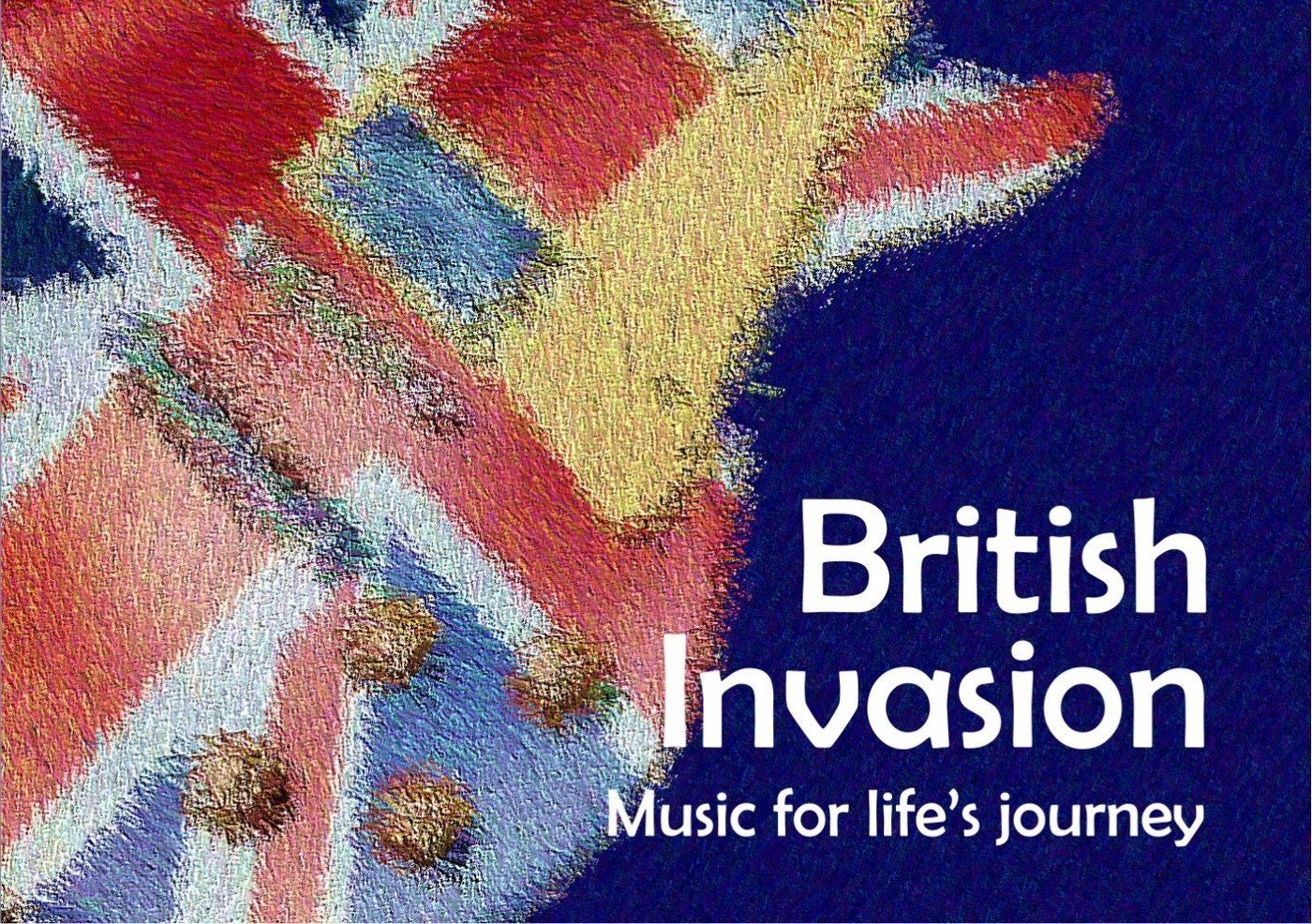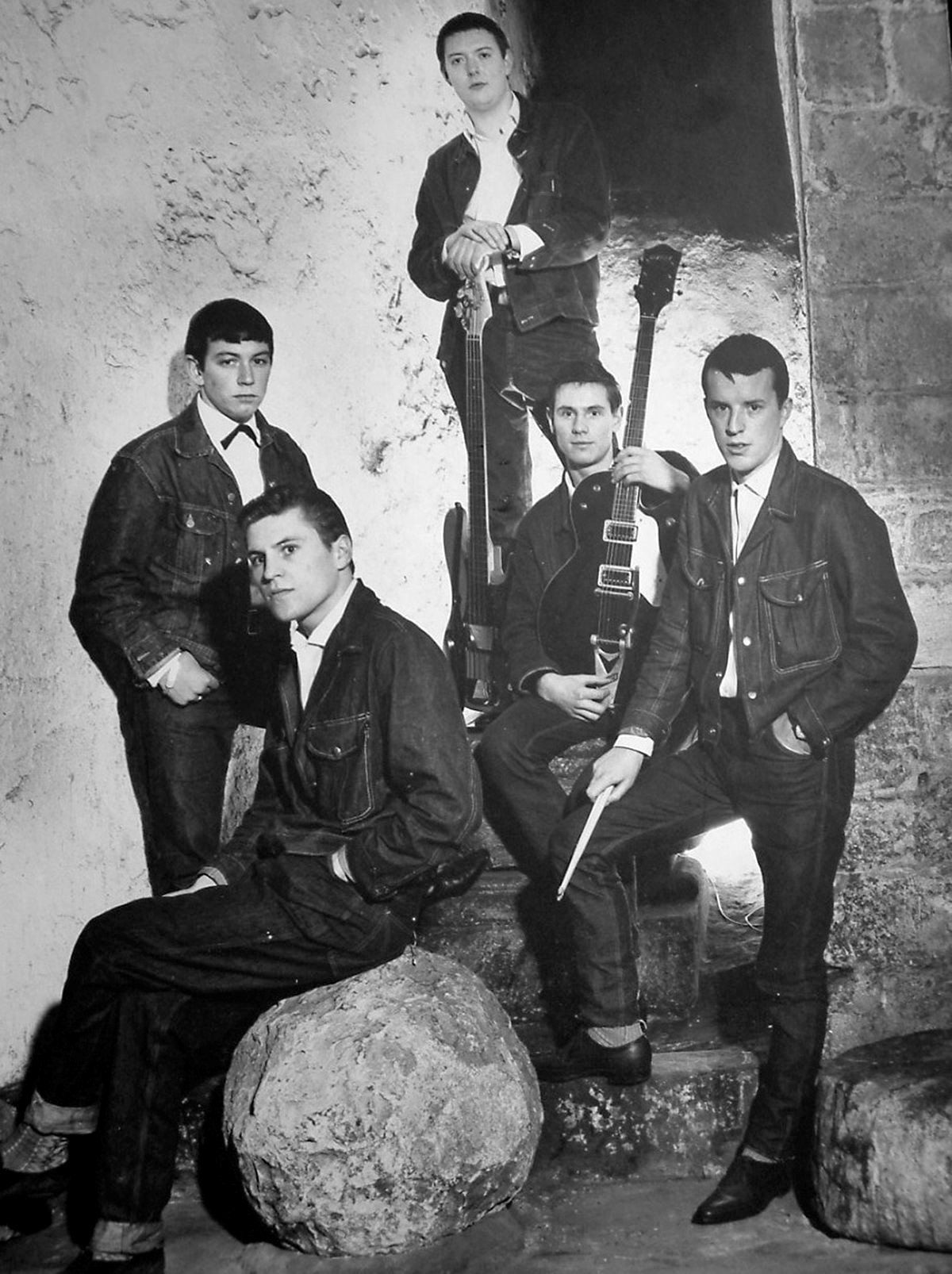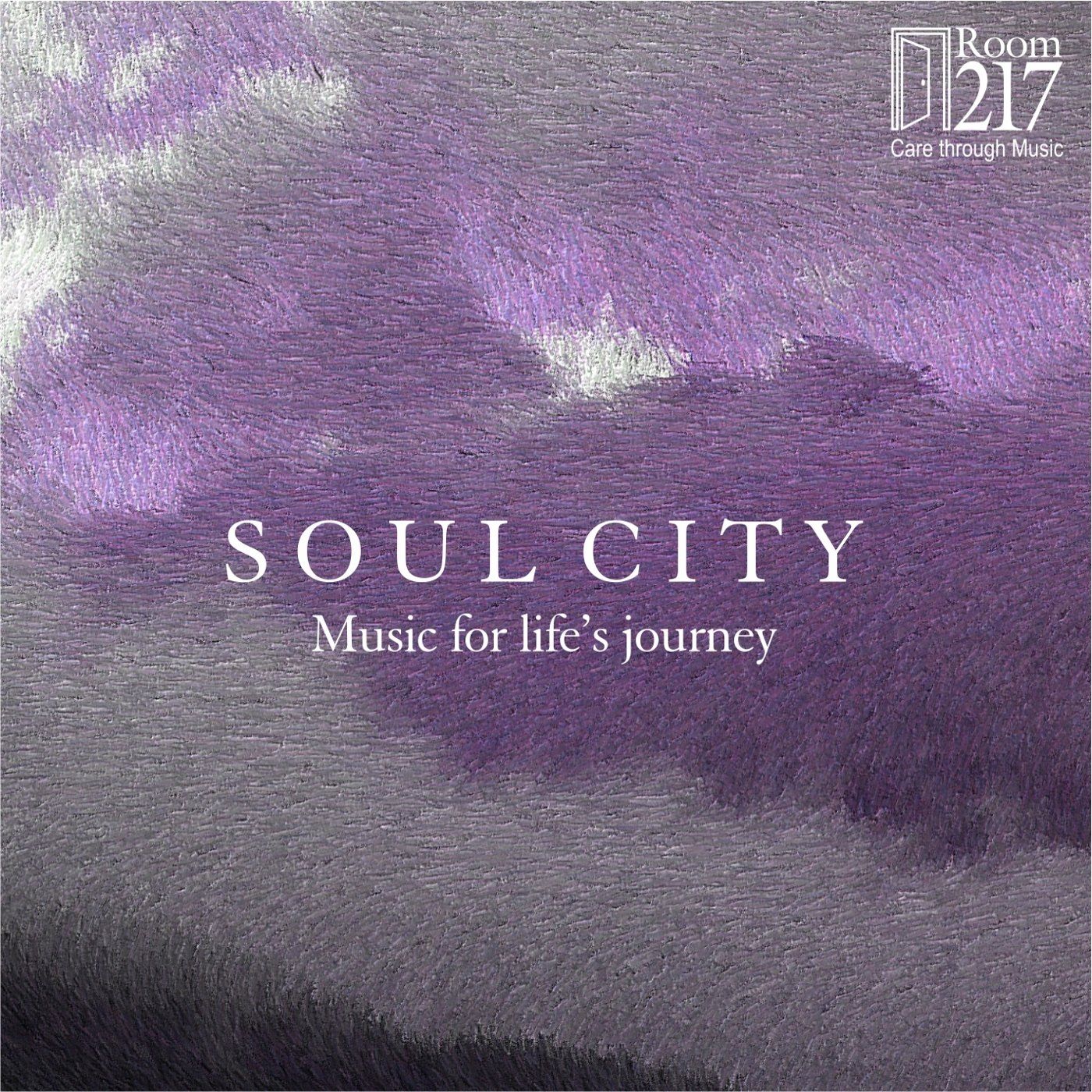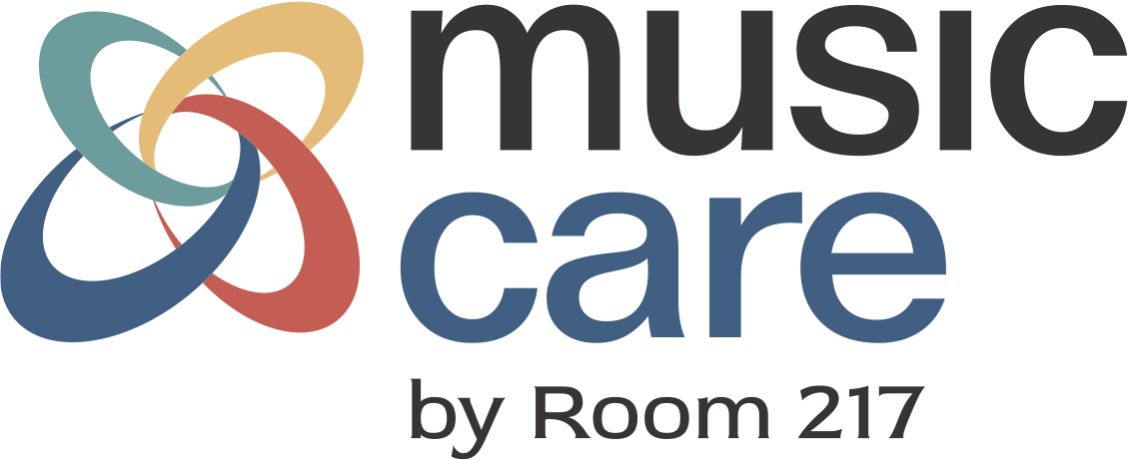Remembering the First Room 217
I will never forget the call that came on that cold, crisp January afternoon twenty years ago. I knew it was imminent. I was expecting it and I thought I was ready. But would I ever be ready to say the final farewell to my father?
I was close to my dad, and one thing that drew us together was our love for music. When dad had his first and second quadruple bypasses, it was no wonder that music played a role in his recovery. The tunes that lived in dad’s spirit energized him and gave him hope for recovery.
But with the diagnosis of Level 4 Non-Hodgkin’s Lymphoma in the late spring of 2000, I watched Dad’s bottom line change dramatically during the next eighteen months. His attentiveness to profit and loss, distribution strategies and board meetings was ruthlessly replaced by blood tests and cat scans and antibiotic pics and a maze of health care infrastructure.
There was a morning I remember like it was yesterday. He sat battle-worn in the rocking chair. I sat at the organ, and experienced the waves of grief that strike as surreptitiously as a tsunami. Intuitively, we knew our exchange would be around the music we had played for years. Our tears sang the words that day.
The notion of death and dying is something I haven’t been afraid to talk about. I believe death is a transition, not a destination. While I had always thought sudden death preferable, now I was seeing firsthand that terminal illness held tremendous opportunity for connecting, expressing my love through caring, possibilities for resolutions and dignified closure.
Those last hours with Dad are still etched in my heart. In Room 217 at the
Uxbridge Cottage Hospital, lady morphine was doing her job while my brothers, sisters, Mom and I were around his bedside singing the hymns he loved. Dad tried singing along. It was a sound unlike any I have heard. It was neither guttural nor diaphragmatic. It came from a different place. I think it was a place deep in his soul.
I saw with my own eyes and experienced with my own heart how music companioned Dad in his final transition. It was a gift, wrapped with the ribbon of release.
I had made piano recordings for friends and family who were ill when I was a teenager, but when I left the hospital and said good night to Dad for the last time, I committed to take my “comfort” music to others facing loss or the end of life.
By the fall of 2004, I had developed the Room 217 idea and design. During the next several years, I read and learned more for myself about why music works in care. I travelled across Canada to hospice palliative care conferences, teaching caregivers about the healing capacity of music and sharing with them my personal story.
I was also growing the palliative music collection as well as other Room 217 resources. It became clear there was a growing hunger from care providers, volunteer and family caregivers around music in care. We shared a common belief that music could bring meaning into difficult situations.
In 2009, my husband, Rob, and I started the Room 217 Foundation. Structured as a not-for-profit registered Canadian charity, our vision is to change the care experience for other families with the use of music. We also want to support caregivers to use music in their regular practice and improve the culture of care by using something as precious and human as music.
Where business suits are exchanged for hospital gowns and manicures for morphine, when life becomes as basic as waiting for the next breath, I want to contribute to a beautiful and hope-filled environment. I want to bring dignity to people who are dying through music.
Music can facilitate expression. Maybe through the words of a song, there can be forgiveness and release or an opportunity to remind someone they’re cherished. I have learned that being present in a room with someone who is dying is a sacred moment. But there will be no place more sacred to me than that first Room 217.


